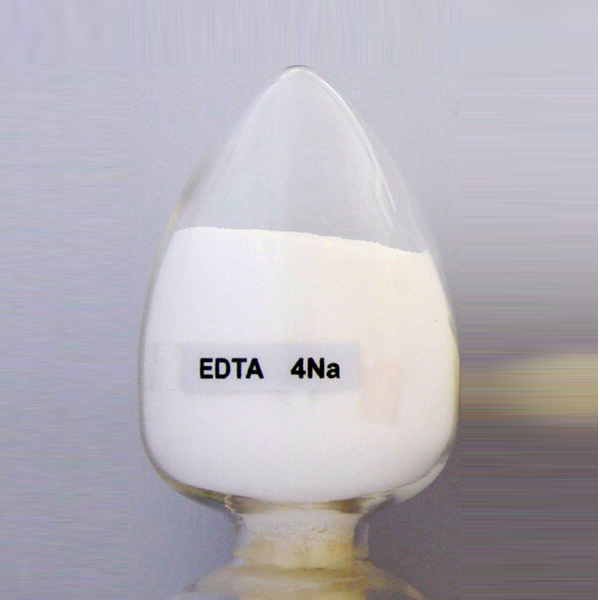
News
نوفمبر . 05, 2024 21:25 Back to list
best chelating agent for copper
The Best Chelating Agent for Copper An In-Depth Analysis
Copper is an essential trace element crucial for various biological processes in living organisms. However, in excessive amounts, it can be toxic, leading to a range of health and environmental issues. In many industrial and agricultural applications, chelating agents serve as vital tools to manage copper levels effectively. This article aims to explore the best chelating agents for copper, focusing on their properties, applications, and effectiveness.
What is a Chelating Agent?
Chelating agents are molecules that can form stable complexes with metal ions, enhancing their solubility and facilitating their removal from biological systems or environmental matrices. The process of chelation involves the binding of a metal ion to the chelator through multiple points, forming a ring-like structure known as a chelate. This formation not only stabilizes the metal ion but also enhances its transport, bioavailability, or, conversely, its excretion from the body.
Common Chelating Agents for Copper
Several chelating agents have been extensively studied and applied for their ability to bind copper effectively. Some of the most notable include
1. Ethylendiaminetetraacetic Acid (EDTA) EDTA is one of the most widely used chelating agents for various metal ions, including copper. It is particularly effective in industrial applications for metal ion recovery and wastewater treatment. EDTA forms strong complexes with copper, preventing precipitation and enhancing its solubility. This property makes it ideal for cleaning processes in the metal plating industry and for environmental remediation.
2. Citrus Extracts Naturally occurring chelators from plants, particularly citrus fruits, have gained attention due to their eco-friendliness and lower toxicity compared to synthetic agents. These extracts contain citric acid, which can effectively bind copper ions. They are often used in agricultural settings to improve nutrient absorption in soil, promoting healthy plant growth while minimizing the risk of copper toxicity.
3. DTPA (Diethylenetriaminepentaacetic Acid) DTPA is another powerful chelating agent known for its effectiveness in binding metal ions, including copper. It is often used in environmental applications to remediate contaminated water and soils. DTPA exhibits a higher binding affinity for copper than EDTA, making it suitable for specific applications where copper removal is critical.
4. Lactic Acid Lactic acid, a naturally occurring substance, has been identified as a potential chelating agent for copper. It has shown promise in various biological and environmental applications. Lactic acid can enhance the bioavailability of nutrients in agricultural settings while simultaneously minimizing copper toxicity in plants.
best chelating agent for copper

Factors Influencing Chelating Efficiency
The efficiency of a chelating agent in binding copper depends on several factors, including
- pH Levels The acidity or alkalinity of the solution can significantly impact the performance of chelating agents. Optimal pH levels can enhance the stability of the metal-chelate complex.
- Concentration The concentration of both the chelating agent and the copper ions will determine the degree of complexation. Higher concentrations often lead to increased binding.
- Presence of Competing Ions Other metal ions in the environment can interfere with the binding of chelators to copper, impacting their effectiveness.
Applications of Copper Chelation
The applications of chelating agents in copper management are vast and varied. In agriculture, they are used to enhance nutrient availability and prevent the toxic accumulation of copper in soils. In the medical field, chelation therapy is employed to treat heavy metal poisoning, including copper toxicity. Additionally, in industrial settings, chelating agents play a crucial role in metal recovery processes, wastewater treatment, and in preventing metal corrosion.
Conclusion
Identifying the best chelating agent for copper depends on the specific application and environmental conditions. While EDTA and DTPA are powerful synthetic agents with significant effectiveness, natural alternatives like citrus extracts and lactic acid offer eco-friendly options with added benefits. Understanding the properties and behavior of these chelating agents will enhance their application in managing copper levels effectively, protecting both human health and the environment. Proper utilization of these agents can ensure sustainable practices across various industries while safeguarding against the potential hazards of copper toxicity.
-
OEM Potassium Oxalate Chelating Agent Manufacturer & Supplier High Purity & Custom Solutions
NewsJun.24,2025
-
OEM Polymer of Aspartic Acid Supplier L & D Aspartic Acid Customization High-Quality, Eco-Friendly Solutions
NewsJun.10,2025
-
CAS 64723-18-8 High Quality Supplier & Manufacturer Get Instant Quotes Online
NewsJun.10,2025
-
OEM Thermal Polyaspartic Acid - Leading Manufacturer & Supplier for Efficient Heat-Resistant Solutions
NewsJun.10,2025
-
Premium Polymer of Amino Acids High Purity & Factory Pricing
NewsJun.10,2025
-
Premium Micronutrients Plant Fertilizer for Healthy Crops Quote Now
NewsJun.10,2025
